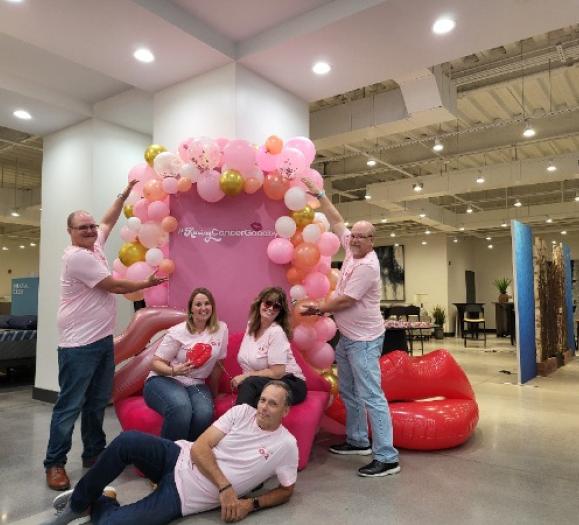It's common knowledge that first impressions make the biggest impressions. Before the internet, most consumers made their first impressions of home furnishing and lighting showrooms when they walked through the door. These days, most first impressions are made online when consumers visit a business's website.
And that's not just a guess. A Stanford study found that 75 percent of consumers say they judge a company's credibility based on its web design, which means you could be driving customers away if your website looks old or functions poorly.
You might be keeping your brick-and-mortar in pristine condition, but when was the last time you tidied up your website? Here are three signs your site might be due for an update.
1. Slow page loading times
Surveys from Gomez.com and Akamai show that 79 percent of web shoppers who experience trouble with site performance say they won’t return to that site again. Even if you don’t sell online, your customers want a seamless online experience, even if they’re just visiting to get your address and an idea of your offerings. Slow page loading times are an easy way to drive potential customers away.
So how fast should pages load? The research from Gomez.com and Akamai found that about half of web users expect a page to load in two seconds or less. Ultimately, the faster, the better.
Improving your page loading times will also help your SEO, since Google ranks pages with faster loading speeds higher in search results. Google offers this handy tool to check up on your page loading speeds.
2. High bounce rates
The bounce rate for a page on your site is the rate at which users click away and leave your site after viewing just one page. The lower the bounce rate, the better. While bounce rates can mean a variety of things depending on the nature of the content, generally you want your site’s pages to have bounce rates below 70 percent and above 25 percent. If you’re consistently seeing high bounce rates, this could mean that your site isn’t user-friendly and is turning away visitors.
You can check on your site’s overall bounce rate in Google Analytics by looking at the Audience Overview tab. To look at specific page bounce rates, check out the "Behavior" tab and click "all pages." Again, bounce rates should be taken with a grain of salt, since visitors might come to your site to simply look at your contact page or a product page before happily leaving with the information they wanted. But consistently high bounce rates can point to bigger issues.
3. Ugly web design
While the visual appeal of a site is in the eye of the beholder, there are some red flags that signal an off-putting site design. Too many graphics, bright colors, flash animations, blinking buttons, background music and videos that autoplay will likely turn visitors away with a cringe on their face.
It doesn’t matter how great the actual content of your site is or how stellar your business is — consumers will quickly judge your site based on its looks. If you’re not sure if your website looks modern enough, your kids or their kids will likely have some valuable input.
If you’re having more than one of these issues, it might be time to sit down with a web developer and figure out any tweaks or overhauls to bring your site up to date. How do you make sure your website stays fresh and user-friendly? Let us know in the comments!
Photo: Pexels







